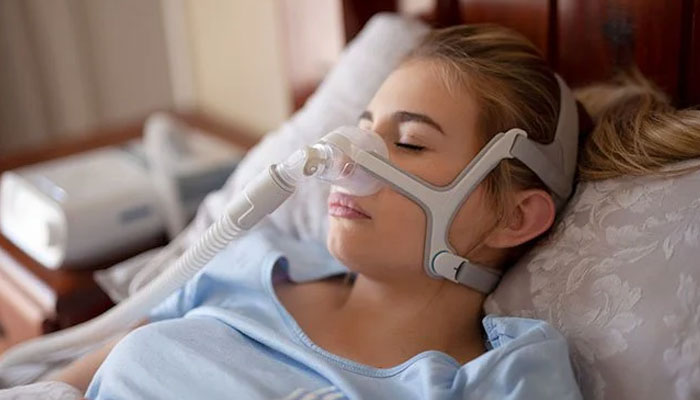When it comes to the treatment of lung conditions and related respiratory diseases such as chronic obstructive pulmonary disease (COPD) a non-invasive ventilation treatment like the use of the ResMed BiPAP machine or Philips BiPAP machines is key to convenient and effective therapy. Such machines help to deal with obstructive sleep apnea (OSA) and improve the quality of sleep, respiration, and overall living of people dealing with these severe conditions.
In this post, we’ll be discussing what the BiPAP machine is, its benefits, and possible risks that come with this form of respiratory therapy.
What Is BiPAP?
BiPAP is an acronym for Bilevel Positive Airway Pressure. It helps in providing pressure higher than the present amount in the room to improve breathing during sleep and moments when patients are experiencing difficulties doing so. BiPAP therapy is considered non-invasive as it only involves wearing a mask, unlike other forms of respiratory therapies that require surgery and the use of anesthesia.
This form of respiratory therapy was first restricted to hospitals for in-patient treatment, but now, it can be used at home. BiPAP machines are portable and easy to operate, so patients can handle them with little to no professional supervision.
How Does the BiPAP Machine Work?
In simple terms, the BiPAP machine pushes air into your lungs when you face difficulties doing that on your own. It supplies pressurized air into your airways to prevent it from closing. This pressure supply comes in two levels; one that improves inhalation and another for exhalation.
The BiPAP machine consists of a small motor, a tube, and a mask. The motor supplies the positive pressure to the tube connected to the mask that you wear over your nose.
How Does BiPAP Help With COPD?
People dealing with COPD often experience labored breathing. Their chest walls are stressed due to the frequent stops and shortness in breathing. BiPAP machines help relieve this discomfort by keeping the airways open to reduce the effort used in inhaling and exhaling.
The two-level pressure system helps in regularizing defective breathing patterns, as inhalation and exhalation require different amounts of energy. The pressure introduced into your airways allows the proper exchange of carbon dioxide and oxygen, thereby improving breathing. Your lungs will be able to transport oxygen more effectively and get rid of the excess carbon dioxide through the help of BiPAP therapy.
While this therapy was originally used in the treatment of sleep apnea to reduce the resistance the body brings when in a reclined position, daytime usage has been recommended for certain conditions.
The Risks of Using BiPAP for COPD
Just like every other technological breakthrough in the healthcare industry, the treatment of COPD with BiPAP has a couple of downsides. People undergoing BiPAP therapy may experience some side effects such as rhinitis, dry nose, claustrophobia, nasal congestion, and the general discomfort of putting a mask on for long hours.
Sometimes, breathing could still be difficult when the mask is a bit loose. This will cause the mask to leak, making it impossible for the machine to maintain the recommended pressure. However, this situation is completely avoidable, buying a more suitable mask is the solution.
Overall, BiPAP machines are a pretty safe option for treating COPD. There seem to be rare cases of complications. However, many fear that BiPAP therapy could worsen their respiratory condition instead of making it better. So, it’s important that you talk to a doctor before resorting to this treatment. They can help you decide whether or not BiPAP therapy is a suitable treatment for your condition.
Conclusion
BiPAP therapy isn’t an all-inclusive treatment for lung and respiratory conditions. Hence, it’s essential that you only use the BiPAP machine under the recommendation of a doctor.
If you’re worried about your lung and respiratory health, seek professional help and always stick to the prescription for quick recovery.


















